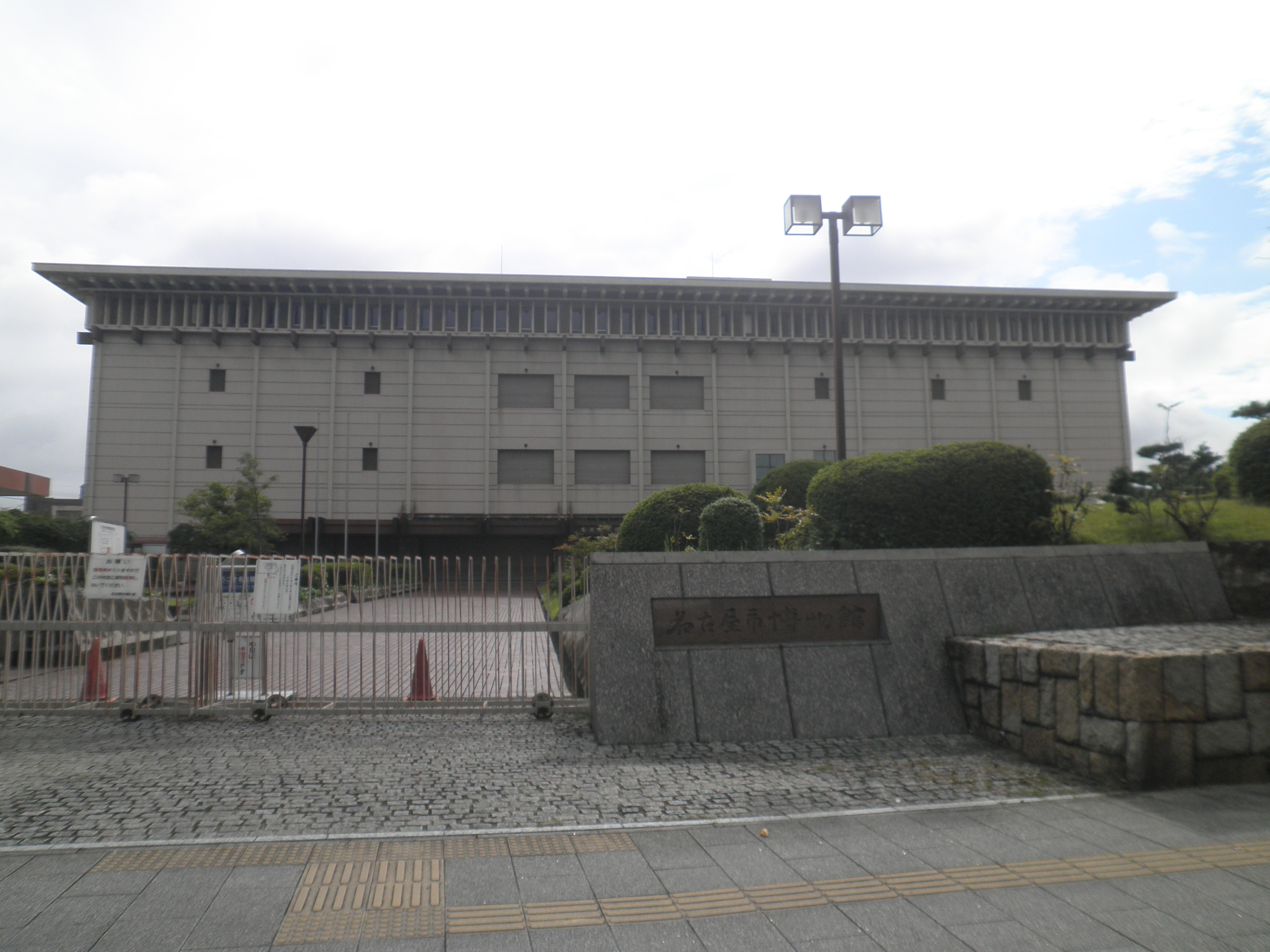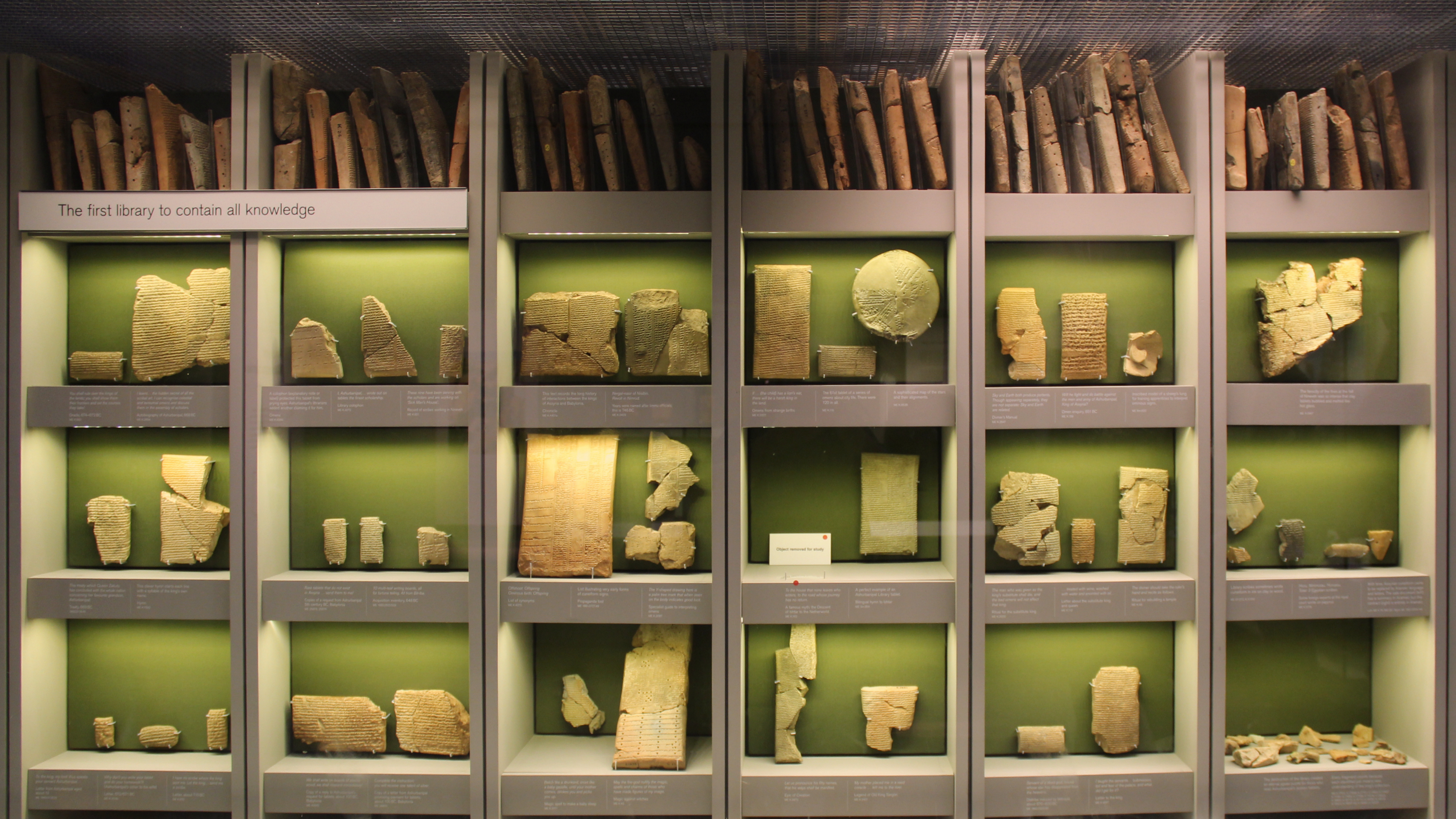|
Hōsa Library
The Hōsa Library (蓬左文庫) is a library located on the compound of the ''Ōzone Shimoyashiki'' in Nagoya, central Japan. History Tokugawa Yoshinao, the first lord of the Owari Domain, established it as an official archive. It was transferred from the Tokugawa family to Nagoya City in 1950. Presently the library has about 110,000 items including classic literature. In 1978 it became a branch of the Nagoya City Museum. The library cooperates closely with the neighbouring Tokugawa Art Museum and the Tokugawa Garden. External links Homepage of the Hōsa Library Libraries in Nagoya Owari Tokugawa family {{japan-struct-stub ... [...More Info...] [...Related Items...] OR: [Wikipedia] [Google] [Baidu] |
Tokugawa Museum 4
Tokugawa ( , ) may refer to: *Tokugawa era, an alternative term for the Edo period, 1603 to 1868 *Tokugawa shogunate, a feudal regime of Japan during the Edo period **Tokugawa clan, a powerful family of Japan ***Tokugawa Ieyasu (1543–1616), most notable member of the Tokugawa clan and founder of its shogunate *Tokugawa (surname) (Shinjitai spelling: ; Kyūjitai spelling: ), a Japanese surname *Tokchon, South P'yŏngan province, North Korea, a city known as Tokugawa during Japanese rule *, a character in ''The Idolmaster Million Live!'' {{disambiguation ... [...More Info...] [...Related Items...] OR: [Wikipedia] [Google] [Baidu] |
Tokugawa Museum
The is a private art museum, located on the former '' Ōzone Shimoyashiki'' compound in Nagoya, central Japan. Its collection contains more than 12,000 items, including swords, armor, Noh costumes and masks, lacquer furniture, Chinese and Japanese ceramics, calligraphy, and paintings from the Chinese Song and Yuan dynasties (960–1368). History Unlike many private museums in Japan, which are based on collections assembled in the modern era by corporations or entrepreneurs, the Tokugawa Art Museum houses the hereditary collection of the Owari branch of the Tokugawa clan, which ruled the Owari Domain in what is now Aichi Prefecture. The museum is operated by the Tokugawa Reimeikai Foundation, which was founded in 1931 by Yoshichika Tokugawa (1886–1976), 19th head of the Owari clan, in order to preserve the clan's priceless collection of art objects, furnishings, and heirlooms. Building architecture The architectural plan for the museum main building and southern archive ... [...More Info...] [...Related Items...] OR: [Wikipedia] [Google] [Baidu] |
Library
A library is a collection of Book, books, and possibly other Document, materials and Media (communication), media, that is accessible for use by its members and members of allied institutions. Libraries provide physical (hard copies) or electronic media, digital (soft copies) materials, and may be a physical location, a virtual space, or both. A library's collection normally includes printed materials which may be borrowed, and usually also includes a reference section of publications which may only be utilized inside the premises. Resources such as commercial releases of films, television programmes, other video recordings, radio, music and audio recordings may be available in many formats. These include DVDs, Blu-rays, CDs, Cassette tape, cassettes, or other applicable formats such as microform. They may also provide access to information, music or other content held on bibliographic databases. In addition, some libraries offer Library makerspace, creation stations for wiktionar ... [...More Info...] [...Related Items...] OR: [Wikipedia] [Google] [Baidu] |
Nagoya
is the largest city in the Chūbu region of Japan. It is the list of cities in Japan, fourth-most populous city in Japan, with a population of 2.3million in 2020, and the principal city of the Chūkyō metropolitan area, which is the List of metropolitan areas in Japan, third-most populous metropolitan area in Japan with a population of 10.11million. Located on the Pacific Ocean, Pacific coast in central Honshu, it is the capital and most populous city of Aichi Prefecture, with the Port of Nagoya being Japan's largest seaport. In 1610, the warlord Tokugawa Ieyasu, a retainer of Oda Nobunaga, moved the capital of Owari Province from Kiyosu to Nagoya. This period saw the renovation of Nagoya Castle. The arrival of the 20th century brought a convergence of economic factors that fueled rapid growth in Nagoya during the Meiji Restoration, and it became a major industrial hub for Japan. The traditional manufactures of timepieces, bicycles, and sewing machines were followed by the p ... [...More Info...] [...Related Items...] OR: [Wikipedia] [Google] [Baidu] |
Japan
Japan is an island country in East Asia. Located in the Pacific Ocean off the northeast coast of the Asia, Asian mainland, it is bordered on the west by the Sea of Japan and extends from the Sea of Okhotsk in the north to the East China Sea in the south. The Japanese archipelago consists of four major islands—Hokkaido, Honshu, Shikoku, and Kyushu—and List of islands of Japan, thousands of smaller islands, covering . Japan has a population of over 123 million as of 2025, making it the List of countries and dependencies by population, eleventh-most populous country. The capital of Japan and List of cities in Japan, its largest city is Tokyo; the Greater Tokyo Area is the List of largest cities, largest metropolitan area in the world, with more than 37 million inhabitants as of 2024. Japan is divided into 47 Prefectures of Japan, administrative prefectures and List of regions of Japan, eight traditional regions. About three-quarters of Geography of Japan, the countr ... [...More Info...] [...Related Items...] OR: [Wikipedia] [Google] [Baidu] |
Owari Domain
The Owari-Han, also known as the Owari Domain, was a significant feudal domain in Tokugawa shogunate, Japan during the Edo period. Situated in the western region of what is now Aichi Prefecture, it covered portions of Owari Province, Owari, Mino Province, Mino, and Shinano Province, Shinano provinces, with its central administration based at Nagoya Castle. At its zenith, the Owari Domain boasted an impressive rating of 619,500 koku, making it the largest landholding of the Tokugawa clan outside of the shogunal territories. The ruling clan of the Owari Domain was the Tokugawa clan, holding the prestigious position of the highest rank among the gosanke. Additionally, the domain was sometimes referred to as the Nagoya Domain due to its association with Nagoya Castle. History Owari was initially ruled by Fukushima Masanori with 240,000 koku until the Battle of Sekigahara in September 1600. After his military achievements, he was reassigned to the Hiroshima Domain. Matsudaira Tadayo ... [...More Info...] [...Related Items...] OR: [Wikipedia] [Google] [Baidu] |
Tokugawa Family
The is a Japanese dynasty which produced the Tokugawa shoguns who ruled Japan from 1603 to 1868 during the Edo period. It was formerly a powerful ''daimyō'' family. They nominally descended from Emperor Seiwa (850–880) and were a branch of the Minamoto clan (Seiwa Genji) through the Matsudaira clan. The early history of the clan remains a mystery. Nominally, the Matsudaira clan is said to be descended from the Nitta clan, a branch of the Minamoto clan, but this is considered to be untrue or unlikely. History Minamoto no Yoshishige (1135–1202), grandson of Minamoto no Yoshiie (1041–1108), was the first to take the name of Nitta. He sided with his cousin Minamoto no Yoritomo against the Taira clan (1180) and accompanied him to Kamakura. Nitta Yoshisue, 4th son of Yoshishige, settled at Tokugawa (Kozuke province) and took the name of that place. Their provincial history book did not mention Minamoto clan or Nitta clan. The nominal originator of the Matsudaira clan was ... [...More Info...] [...Related Items...] OR: [Wikipedia] [Google] [Baidu] |
Nagoya City Museum
The is a museum of the city of Nagoya in Aichi Prefecture, Japan. The Nagoya City Museum was established in 1977. Its collection includes archaeological materials, fine art, crafts, documents, books and folk materials including samurai armor and weaponry, many of which are put on exhibition. It also owns a collection of rare Kawana ware. In addition to the permanent exhibition of the history of the Owari Domain starting from the Paleolithic period, special exhibitions and thematic exhibitions take place around every five to seven years, such as the one on Gandhara in 2003. A memorandum of understanding and cooperation was signed in January 2000 with the Vienna Museum, establishing it as a partner museum. - Wikimedia Commons. The nearest stop by subway is [...More Info...] [...Related Items...] OR: [Wikipedia] [Google] [Baidu] |
Tokugawa Art Museum
The is a private art museum, located on the former '' Ōzone Shimoyashiki'' compound in Nagoya, central Japan. Its collection contains more than 12,000 items, including swords, armor, Noh costumes and masks, lacquer furniture, Chinese and Japanese ceramics, calligraphy, and paintings from the Chinese Song and Yuan dynasties (960–1368). History Unlike many private museums in Japan, which are based on collections assembled in the modern era by corporations or entrepreneurs, the Tokugawa Art Museum houses the hereditary collection of the Owari branch of the Tokugawa clan, which ruled the Owari Domain in what is now Aichi Prefecture. The museum is operated by the Tokugawa Reimeikai Foundation, which was founded in 1931 by Yoshichika Tokugawa (1886–1976), 19th head of the Owari clan, in order to preserve the clan's priceless collection of art objects, furnishings, and heirlooms. Building architecture The architectural plan for the museum main building and southern archive ... [...More Info...] [...Related Items...] OR: [Wikipedia] [Google] [Baidu] |
Tokugawa Garden
The Tokugawa Garden (徳川園 Tokugawa-en) is a Japanese garden in the city of Nagoya, central Japan. It is located next to the Tokugawa Art Museum. History In the early Edo period (1603-1867), Tokugawa Mitsutomo (1625-1700), the second lord of the Owari branch of the Tokugawa clan, established a vast residence called the '' Ōzone Shimoyashiki''. After his death, the property was passed on to the families of his three retainers Naruse, Ishiko, and Watanabe, until the Meiji Restoration of 1867, when ownership was returned to the Owari Tokugawa. In 1931, Tokugawa Yoshichika (1886-1976), the 19th head of the Tokugawa family, decided that "the time had come to present the property to the community", and donated the land of 23,000 m2 and buildings to the City of Nagoya. Included in the donation were family treasures and the establishment of the Owari Tokugawa Reimeikai Foundation. The City opened the garden in 1932, and the foundation opened the art museum in 1935. The garden how ... [...More Info...] [...Related Items...] OR: [Wikipedia] [Google] [Baidu] |
Libraries In Nagoya
A library is a collection of Book, books, and possibly other Document, materials and Media (communication), media, that is accessible for use by its members and members of allied institutions. Libraries provide physical (hard copies) or electronic media, digital (soft copies) materials, and may be a physical location, a virtual space, or both. A library's collection normally includes printed materials which may be borrowed, and usually also includes a reference section of publications which may only be utilized inside the premises. Resources such as commercial releases of films, television programmes, other video recordings, radio, music and audio recordings may be available in many formats. These include DVDs, Blu-rays, CDs, Cassette tape, cassettes, or other applicable formats such as microform. They may also provide access to information, music or other content held on bibliographic databases. In addition, some libraries offer Library makerspace, creation stations for wiktionar ... [...More Info...] [...Related Items...] OR: [Wikipedia] [Google] [Baidu] |




